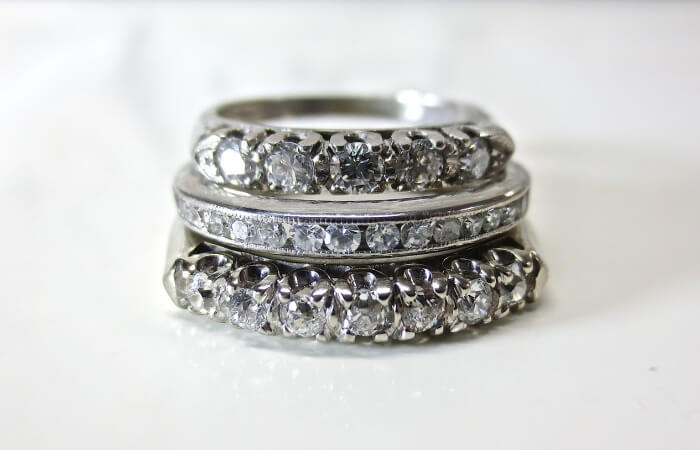Magnetic fridge

Magnetic refrigerator.
Technology is in the process of development!
Magnetic refrigerator – a refrigerator, a magnetic cooling device, which is based on the magnetocaloric effect using the magnet and operate at room temperature.
The principle of operation of a magnetic refrigerator
Standard refrigerators and their principle of action
The advantages of magnetic refrigerator
The use of magnetic refrigerator
Magnetic refrigerator:
The magnetic refrigerator is a refrigerator, magnetic cooling device, which is based on the magnetocaloric effect using the magnet and operate at room temperature.
As a magnet can be used as either a superconducting magnet or a powerful permanent magnet. Magnetic refrigerators that use superconducting magnets, have a wide range of operating temperatures and high power output. Cooling system and device based on permanent magnets, in comparison with the first have a relatively limited temperature range and are mainly used in medium power devices.
The magnetocaloric effect is the reversible temperature change of a magnetic substance (magnetic substance) in its adiabatic magnetization (or demagnetization). The magnetocaloric effect appears from a chemical element gadolinium. It is as follows: if to the gadolinium to bring the magnet, it will heat up, and if removed, then it cools down. This property makes the installation in the form of a wheelcontaining gadolinium crushed. The wheel rotates near a permanent magnet. When approaching the magnet, the gadolinium heats up. From gadolinium through the heat exchanger with water or other working fluid is drawn off the heat. Then gadolinium when removed from the magnetic field cools and takes heat to another closed system through a heat exchanger, which circulates water or other working fluid.
It is established that gadolinium discovers the largest magnetocaloric effect. Magnetocaloric effect in other materials, e.g., NdFeB.
The principle of operation of a magnetic refrigerator:
As working bodies in magnetic cooling device uses magnetic material based on gadolinium. Gadolinium cyclically magnetized by the external magnetic field (a powerful permanent magnet or superconducting magnet), and demagnetized when the rotation of the working element cooling device made in the form of the wheels and containing the working fluid. As the heat transfer fluid (second working fluid) is water or other refrigerant. In one circuit the water (or other refrigerant), heated, removes heat from the gadolinium and the second circuit, cooling down, take the heat, gives up its heat to the gadolinium cools a refrigeration chamber.
Gadolinium is used in the working medium in the form of powder, plates, spheres, flakes. As the second working fluid other than water is used 20% solution of water with alcohol or water with inhibitors.
Standard refrigerators and their principle of action:
Refrigerator — a device to maintain a low temperature in a thermally insulated chamber. It is based on the use of a refrigeration machine that transfers heat from the working chamber of the refrigerator to the outside, where it dissipates into the environment.
There are several types of refrigerators, each of which is based on a physical effect and principle of operation: compression, absorption, thermoelectric coolers and fridge with vortex coolers.
Compression refrigerator most common. It is widely used in everyday life. Its basis is the second law of thermodynamics. Cooling the working fluid / refrigerant (it is freon) in refrigerators makes a so-called reverse Carnot cycle. The compressor sucks from the evaporator the refrigerant as a vapor, compresses it (in this case the temperature of the refrigerant increases) and pumps into the condenser, where the refrigerant condenseries in the fluid giving heat of condensation to the external environment. Further, liquid refrigerant under pressure through the throttling hole (the temperature-controlled capillary or expansion valve) enters the evaporator, where due to a sharp decrease in pressure, the evaporation of the liquid. The refrigerant takes away heat from the inner walls of the evaporator, taken the heat consumed in boiling the liquid and turning it into a vapor, thereby cooling the refrigeration space of the refrigerator, where is the evaporator. Then the cycle repeats again.
Thus, in the compression refrigerator to the condenser refrigerant under high pressure condenseries and becomes liquid, releasing the heat, in the evaporator under low pressure boils and becomes gaseous, absorbing heat.
In the absorption refrigerator the same way as in the compression, cooling the working chamber occurs due to the evaporation of the refrigerant (ammonia, lithium bromide, acetylene, or acetone). Unlike a compression refrigerator, the circulation of the refrigerant occurs due to its dissolution (absorption) in liquid, usually in water.
On the basis of the Peltier element lies Peltier Effectwhen a current is passed through the junction of two dissimilar conductors in the direction of the contact difference of potentials is the transfer of thermal energy so that one of these “diverse” conductors cooled, and the second is heated by the thermal energy from the first electric energy of the last electric current.
In the refrigerator on the vortex cooler, cooling is due to expansion of pre-compressed by the compressor of air units special vortex coolers.
The advantages of magnetic refrigerator:
– compact,
– environmentally safe. As a working body uses gadolinium, which is not a danger to humans and the environment and can be re-used, water or any other environmentally friendly refrigerant
– high efficiency and low consumption
magnetic refrigerators are more efficient than traditional refrigerators is 20-30 %, which allows to reduce their cost compared to traditional
– long life,
– used a small number of moving parts which reduces the wear of the refrigerator,
– capable of pumping a large amount of heat energy in a short amount of time
– high reliability,
– low operating costs.
The use of magnetic refrigerator:
Magnetic refrigerators and magnetic cooling devices have both household and industrial applications. In everyday life they can be used as coolers, as air conditioners, refrigeration systems for vehicles , etc., Industrial application is possible for the liquefaction of gasessuch as hydrogen.
To date, worldwide, a large number of different prototypes. However, they all have one to demonstrate and promote the effectiveness and enormous potential of the technology of magnetic cooling.
Note: © Photo , .



